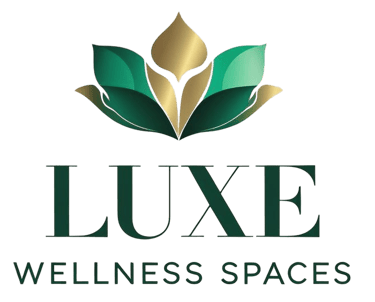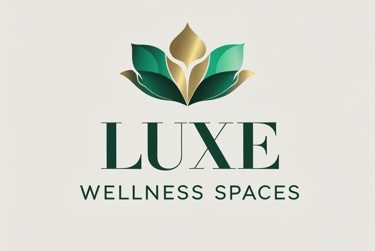Specialist wellness resorts beat buffet brands
The wellness market is booming, but breadth kills differentiation. See why specialist resorts win and how to design for real transformation.
Daryn Berriman
10/2/20254 min read
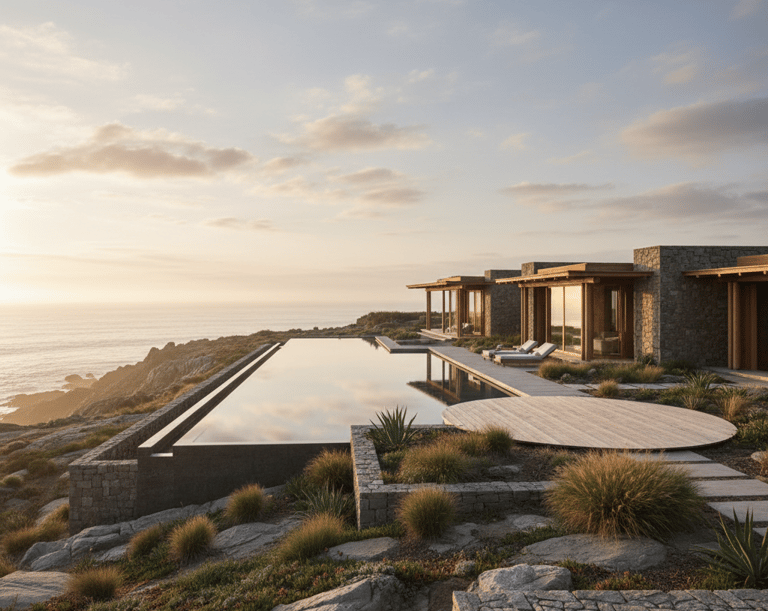

Modern “menu everything” wellness resorts struggle to deliver deep outcomes. Specialists with a clear philosophy, tight protocols, and measurable results earn pricing power and loyalty. For owners and investors, focus beats variety. Pick one outcome, build 3 signature protocols, train for ritual quality, and measure results end to end.
Key facts:
The global wellness economy hit $6.3T in 2023 and is projected to reach $9.0T by 2028, signaling strong tailwinds for focused concepts (Global Wellness Institute, 2024). Global Wellness Institute
Wellness tourism spend reached about $830B in 2023 and was projected to cross $1T in 2024, outpacing broader tourism growth (Global Wellness Institute, Nov-2023).
Wellness real estate reached $438B in 2023 and is forecast at $913B by 2028, among the fastest-growing wellness sectors (Global Wellness Institute, May-2024). Global Wellness Institute
Younger travelers are prioritizing experiences over things, with 52% of Gen Z splurging on experiences vs 29% of boomers (McKinsey, Sep-2024). McKinsey & Company
Some high-priced “longevity vacation” treatments carry medical caveats, which increases the value of rigorous, evidence-led programs (Wall Street Journal, Apr-2024). The Wall Street Journal
If your spa menu reads like a phone book, guests will shop it like a phone book. In a noisy market, the properties that win are not the ones with the longest list of treatments, but the ones that keep a promise and prove it. Breadth creates confusion, not transformation. Resorts that try to be everything to everyone dilute their philosophy, strain teams, and reduce perceived value. A specialist model flips the script: choose one outcome, design 3 signature protocols that ladder to that promise, and measure before-and-after results. This approach aligns spaces, staffing, training, pricing, and marketing around a single identity. It also taps clear demand. The wellness economy reached $6.3T in 2023 with strong growth ahead, while wellness tourism nears the trillion-dollar mark, signaling room for focused concepts that deliver results guests can feel and share.
Mini case example:
A 48-room coastal retreat pivots from a 45-item spa menu to one promise: “Sleep better in 7 nights.” They built three protocols: Circadian Reset, Breath and Body, and Evening Nutrition. They add dark-room cues, wind-down classes, and data-light measurement with validated sleep questionnaires. In 6 months, they cut SKUs by 60%, raised ADR by 12%, and lifted repeat stay intent to 41% in post-stay surveys. The numbers are illustrative, but the pattern mirrors what experience-led travel data suggests: guests are willing to spend on meaningful experiences.
Contrary take:
Breadth is not always bad. Urban flagships may need variety for mixed demand, pre-arrival gifting, and local day-guest revenue. The unlock is still curation. If variety is required, group offerings under one clear philosophy and retire low-impact SKUs quarterly.
Checklist you can apply today:
Pick one transformation to own: sleep, stress mastery, metabolic health, or mobility.
Define 3 protocols that deliver it. Name them simply.
Map spaces to the protocols. Remove furniture and equipment that do not serve them.
Train staff on ritual quality, pacing, and language.
Set success metrics: pre/post questionnaires, simple HRV, or step count where appropriate.
Prune the menu by 50% in 90 days.
Align pricing to the outcome, not minutes on the table.
Publish your promise and the proof guests can expect.
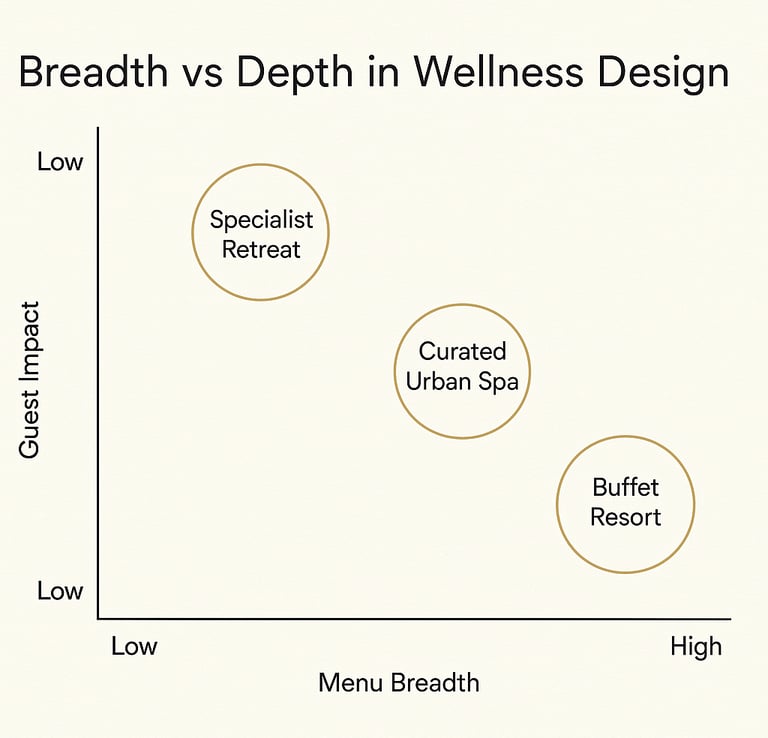

Try this in 5 minutes:
Delete five menu items that do not serve your chosen outcome.
Rename your top protocol with a benefit name guests repeat to friends.
Write a before-and-after sentence you will measure, for example, “Guests report a 30% drop in perceived stress in 7 days.”
Common mistakes and fixes:
Mistake: Chasing every trend. Fix: Quarterly SKU audit with a strict keep/kill rule.
Mistake: Minutes-based pricing. Fix: Outcome-based bundles with clear inclusions.
Mistake: Data overload. Fix: One simple metric per protocol.
Mistake: Inconsistent staff delivery. Fix: Script key moments and coach to ritual.
Mistake: Room design fights the program. Fix: Lighting, acoustics, and sleep cues aligned to the promise.
FAQ's
Q1: Why do “buffet” wellness menus underperform?
A: Too much choice blurs identity and weakens execution. A focused promise simplifies operations and builds pricing power through perceived expertise.
Q2: Is there enough demand for specialists?
A: Yes. The wellness economy is large and growing, and wellness tourism spend continues to expand, which supports targeted, high-value concepts (GWI, 2023-2024).
Q3: How do I pick an outcome to own?
A: Match guests' needs with your site advantage. If your location is quiet and dark, own sleep. If trails are at your door, own mobility and the outdoors. Validate with pre-arrival surveys.
Q4: Does evidence matter if guests “feel” better anyway?
A: It does. Some longevity and IV treatments come with medical caveats. Evidence-led, lower-risk protocols build trust and repeat business (WSJ, Apr-2024).
Q5: Can a city hotel be a specialist?
A: Yes. Curate variety under one philosophy, such as “stress mastery for busy travelers,” and structure all services, lighting, and recovery cues to that promise.
Q6: What metrics should we track first?
A: Start simple: pre/post stress or sleep quality surveys tied to your protocols. Add ADR and RevPAR trend lines to see pricing and occupancy impact.
Q7: How does design support specialization?
A: Remove conflicting cues and add sensory anchors. For sleep: blackout layers, circadian lighting, quiet HVAC, and a wind-down path from gym to room.
Q8: Where can I find market data to brief my investors?
A: Use Global Wellness Institute for macro numbers and wellness tourism, and McKinsey for traveler experience behavior and wellness consumption trends.
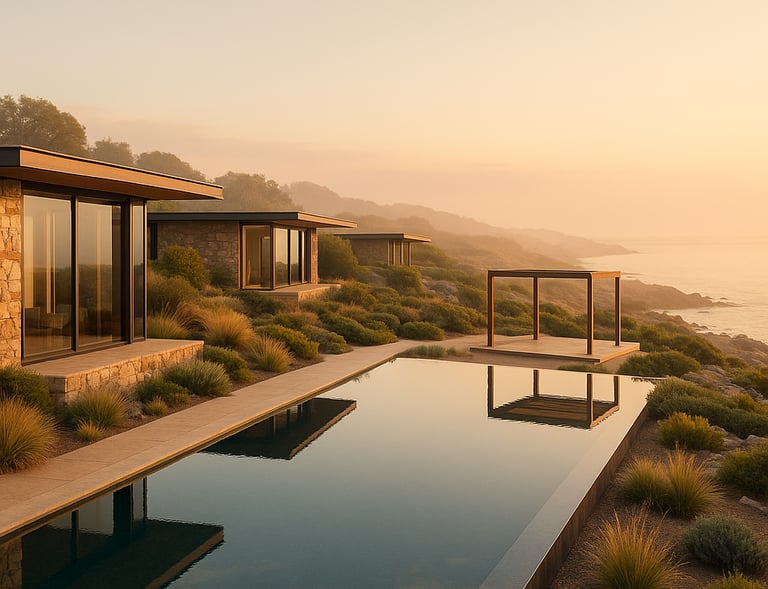

Do you require specialist assistance with a new wellness project, or seeking to improve the operation of your existing space? Book a free strategy call and let our team help you design experiences that transform members into advocates.
By Daryn Berriman. Last Updated 2025.10.02.
Further reading on our blog: 'Boutique Fitness vs Big-Box Gyms.'
• Explore our Spa & Wellness Consultancy to scope project phases and services.
• See how we structure Fitness and Leisure concepts before you commit to equipment.
• Developers and luxury homeowners can review Home Wellness Spaces for private suites and villas.
• Learn why Luxe Wellness Spaces blends design, operations, and growth under one roof.
• View a Concept-to-Launch case study that hit break-even in 90 days.
About The Author
Daryn Berriman is the Founder and Principal Consultant of Luxe Wellness Spaces, a consulting-led studio blending operational expertise and design excellence to create wellness businesses that perform, and spaces that guests love.
